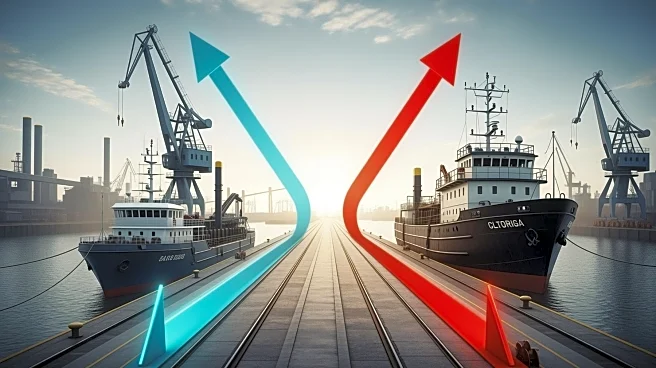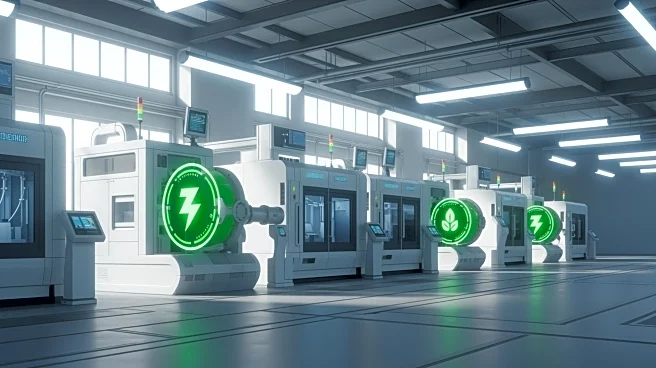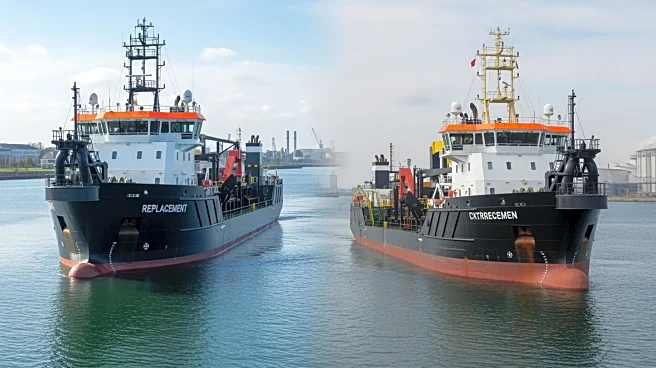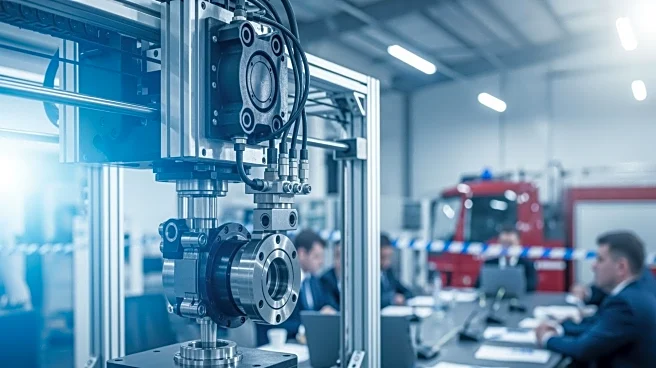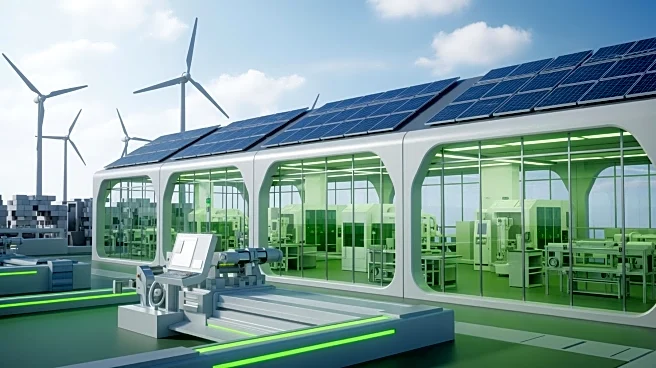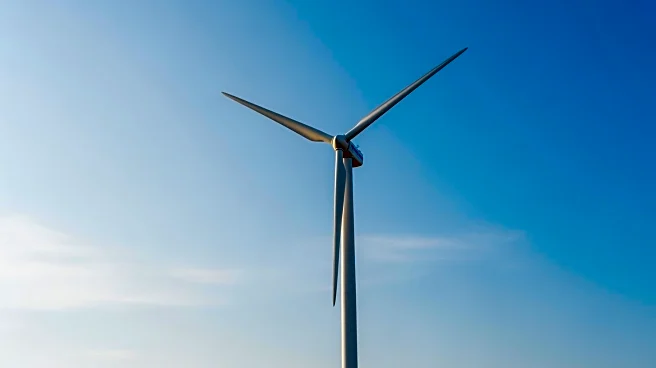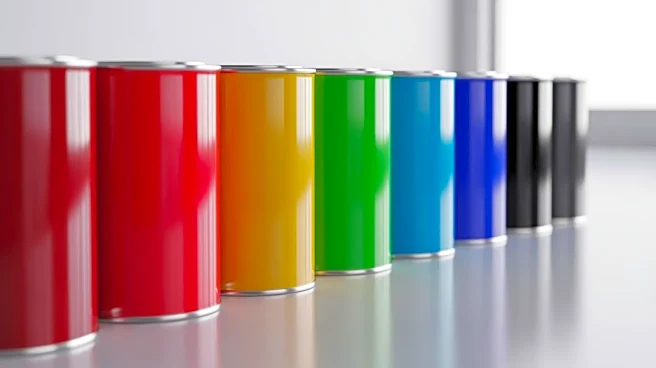What's Happening?
The dredging industry is experiencing steady growth, with market projections indicating an increase from $8.9 billion to $9.3 billion by 2026. Industry operators are faced with the decision of investing
in new equipment or retrofitting existing assets. New equipment offers advantages such as improved efficiency, reduced emissions, and compliance with stringent regulations. Conversely, retrofitting allows for modernization without the high costs associated with new builds, extending the life of existing assets and improving performance. The choice between replacement and retrofit is influenced by factors such as technological relevance, structural integrity, and regulatory demands.
Why It's Important?
The decision between replacement and retrofit is crucial for dredging companies as they navigate market growth and evolving environmental standards. New equipment can catalyze growth and ensure compliance, but retrofitting offers a cost-effective way to modernize fleets. This strategic choice impacts operational efficiency, sustainability goals, and financial outcomes. Companies that successfully balance these options can maintain competitiveness and adapt to changing market conditions. The industry's response to these challenges will shape the future competitive landscape and influence investment strategies.
Beyond the Headlines
The choice between replacement and retrofit reflects broader industry trends towards sustainability and technological advancement. Companies are increasingly blending approaches, selectively upgrading some equipment while replacing others to optimize returns on investment. This strategy supports environmental goals by minimizing waste and resource consumption. Suppliers have opportunities to provide advanced machinery and innovative components, catering to the evolving needs of the dredging market. The industry's ability to adapt to these changes will determine its long-term resilience and success.
